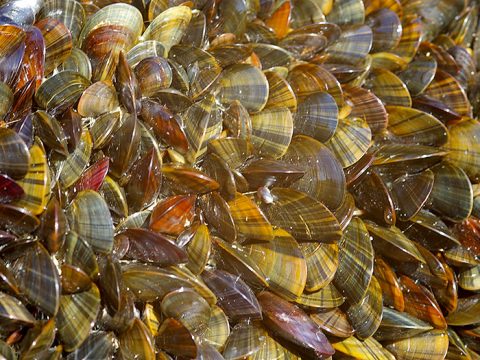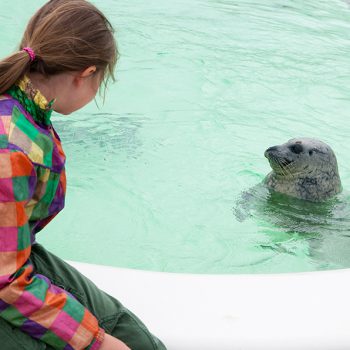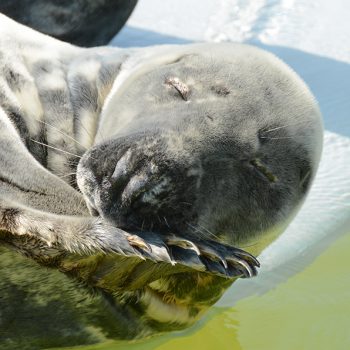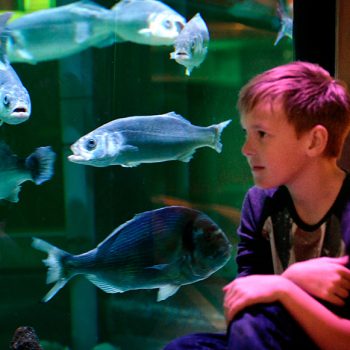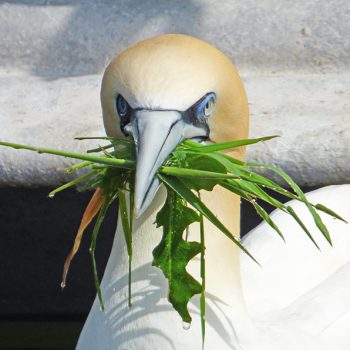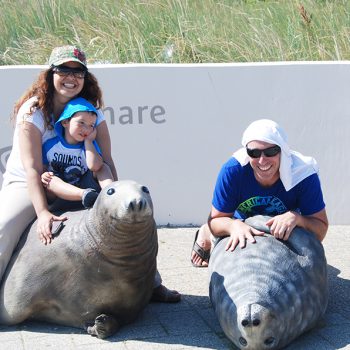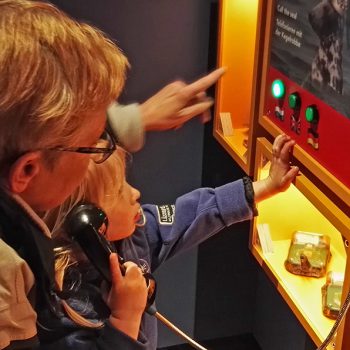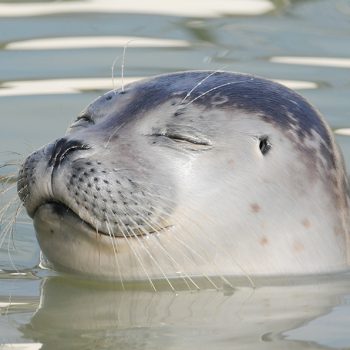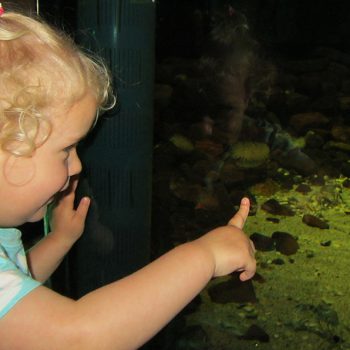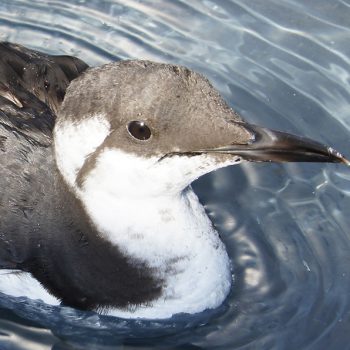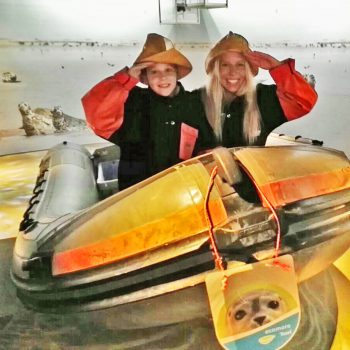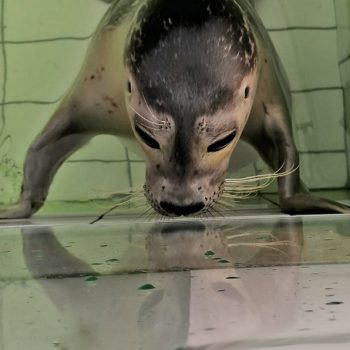Shells are the hard parts of molluscs which give these animals their firmness. The shells on the beach are almost always bivalves, snails or cuttlefish. The empty shells you find on the beach are often hundreds of years old, maybe even thousands! You can even find fossils dating back more than 100,000 to millions of years ago. You are only sure of a young animal when there are still remnants of meat still sticking to the sides, or in the case of bivalves, when the two sides are still attached. Cuttlefish have a very fragile shell. They never survive very long.
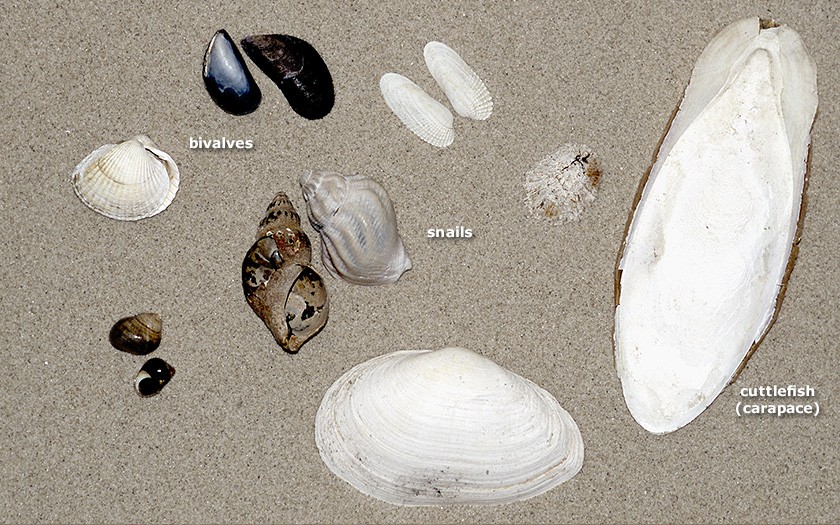
Sea snails and slugs
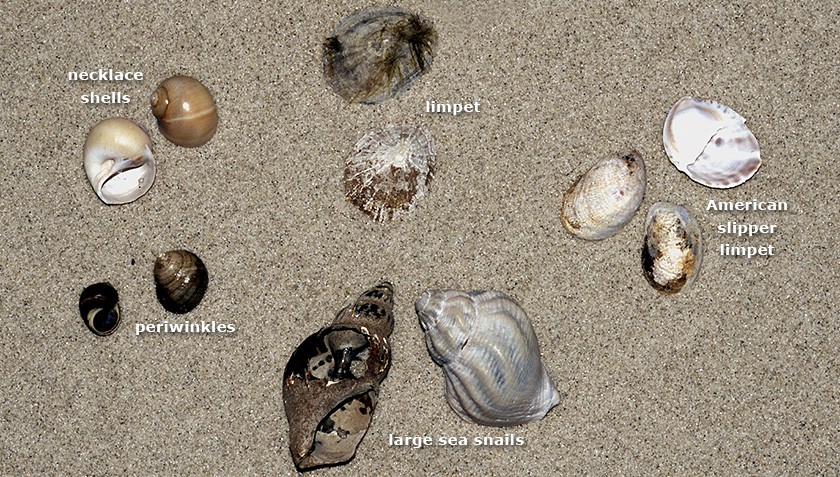
Do you know what periwinkles are? Or whelks, necklace shells, slipper limpets and sea slugs? There are dozens of snails that play a role on the tidal flats and in the North Sea, with or without a house. Their funny names are often what they have in common, but for the rest of the world, sea snails are motley experience of colors and shapes.
Bivalve shells
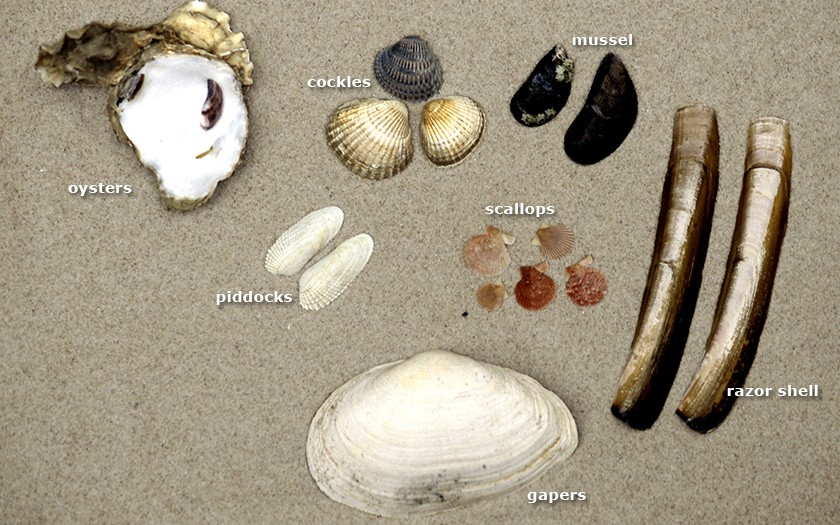
Bivalves are shellfish protected by two shell halves. Each half is more or less equivalent in size. Well known bivalve species include the mussel, the cockle and the oyster.
Does the shell twist clockwise or counterclockwise?
Most snail houses spiral clockwise. However, some species have houses spiraling counter-clockwise. Sometimes, you find a snail which should spiral clockwise, but spirals counter-clockwise. These are the true exceptions and shell collectors are crazy about such finds. You can see which way a house spirals by checking whether or not the opening is to the right of the center, when holding the house with the opening down and facing you.
Giant growth in shells
A strange phenomenon is ‘giant growth’, which can happen if a snail is castrated by a parasite. Because it can no longer mature, the hormone meant to stop shell growth is not produced, allowing the snail house to grow larger than normal.
Cuttlebone is an internal shell
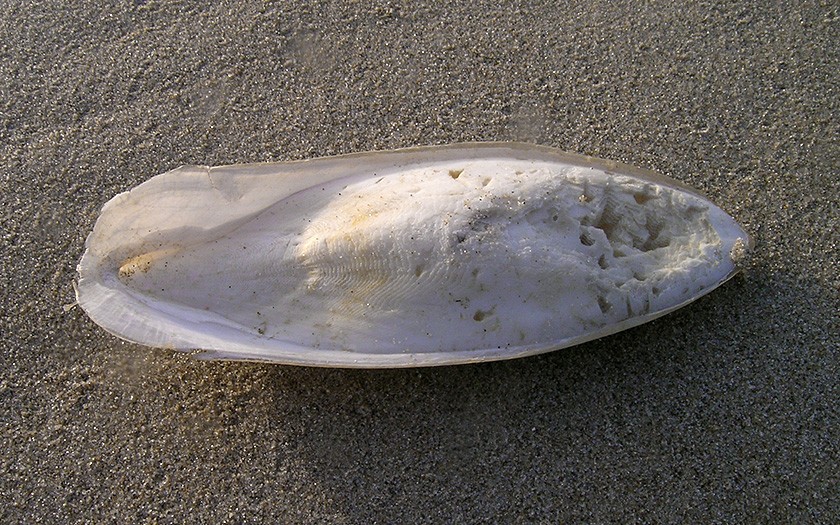
The skeleton of the common cuttlefish is very unusual. It only has a backbone and when the animal dies, this is the only remaining evidence. Should you walk along the beach, you often find these cuttlebones washed ashore. Most people are familiar with cuttlebone sold in pet shops for birds. Birds love them. Cuttlebone is soft and the birds easily peck them for the calcium. They produce sturdier eggs with the extra calcium.
Cuttlefish are highly developed molluscs. Their eyesight is excellent. They are very fast in their hunt for crustaceans, shellfish, fish and other cuttlefish. There are two major groups within the cuttlefish family: the 8-armed and the 10-armed. You find the 8-armed curled octopus in the North Sea. Otherwise, only 10-armed cuttlefish are found in the North Sea: the common cuttlefish and various species of squid.
Self-defense in cuttlefish
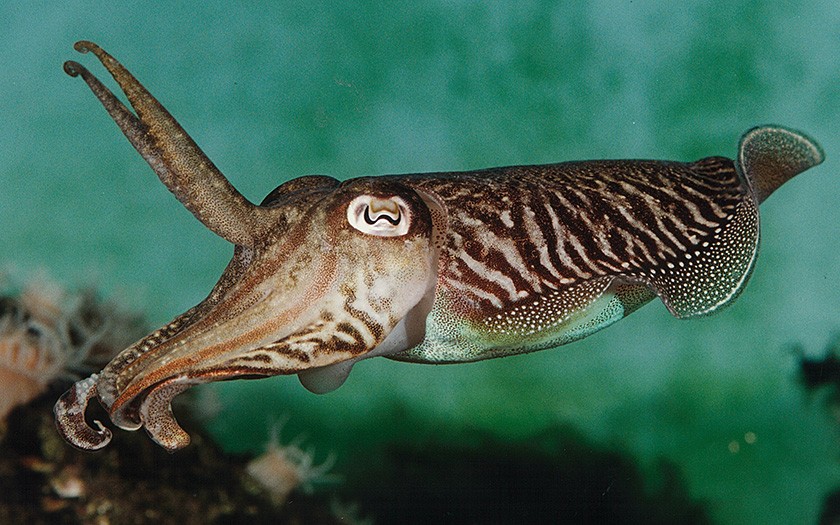
Cuttlefish are eaten by various species of predator fish, dolphins and people. They have three ways to defend themselves. First of all, they can swim backwards at an incredible rate using their ‘jet motor’. They suck water into their body cavity through their sides. When necessary, they squeeze their body, shooting water out of a tube from the underside of their body. By pushing out this hard jet of water, the animal shoots backwards. Secondly, cuttlefish can emit a cloud of ink. The ink blocks the attacker’s vision and knocks out its sense of smell. Thirdly, the animals use camouflage: they can change color very quickly and take on the color of their surroundings. Squid are often called ‘the chameleons of the sea’. Perhaps it is better to call the chameleon ‘the squid of the land’.
